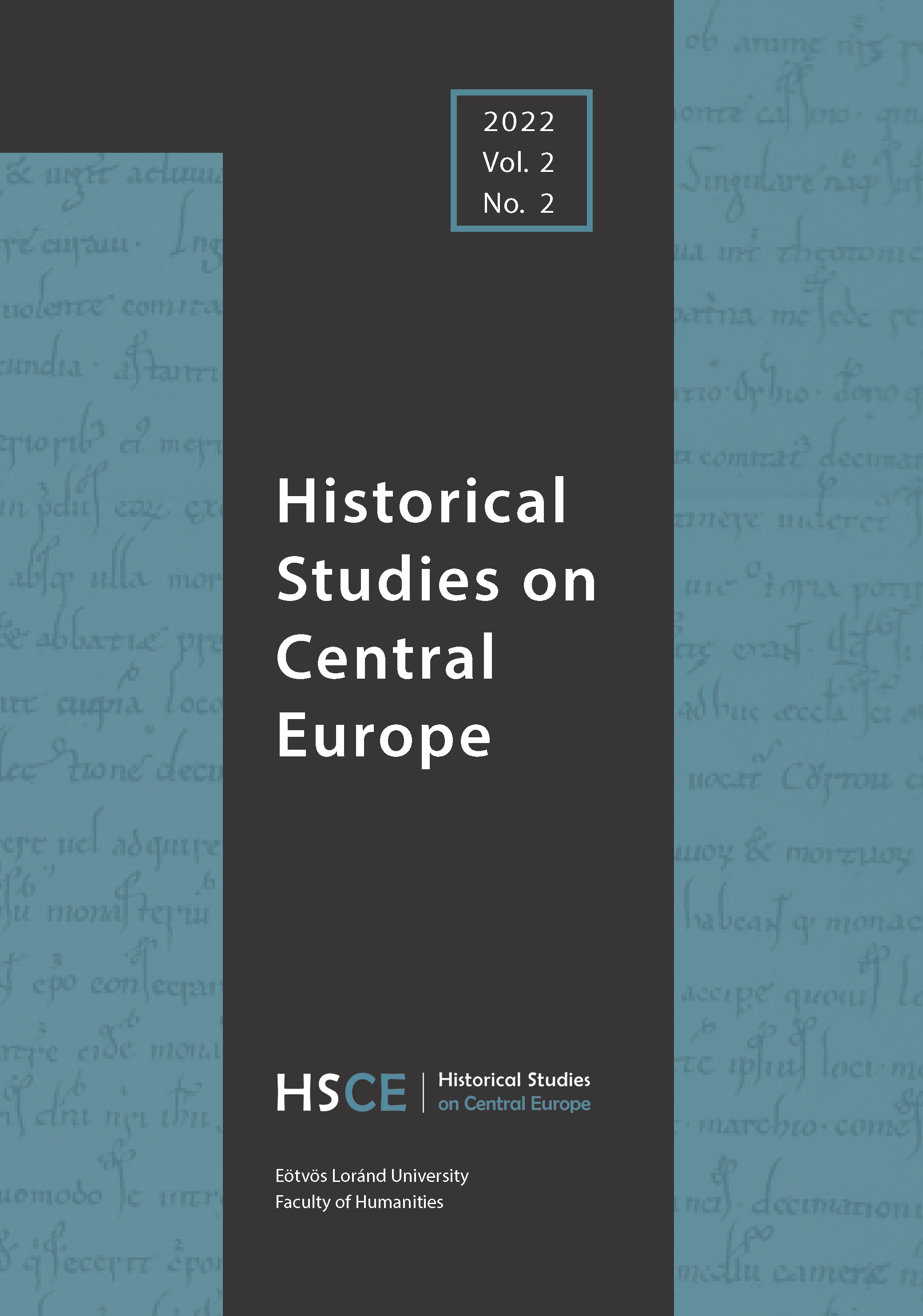The Making of the Serbian Academic Community in the Second Half of the Nineteenth Century: A Prosopography
Published 22-12-2022
How to Cite
Copyright (c) 2022 Liudmila Novoseltseva

This work is licensed under a Creative Commons Attribution-NonCommercial 4.0 International License.
Abstract
Prosopography, a methodological approach to understanding the biographical regularities and irregularities of a particular social stratum, provides new opportunities for studying national elites and professional groups in Central and South-Eastern Europe. The present study suggests a reconstruction of the process of the making of the scientific and wider intellectual community of the Principality/Kingdom of Serbia in the second half of the nineteenth and early twentieth centuries. Using biographical data about the members of the Serbian Academy of Sciences and Arts, one can compile a database of use in examining (inter-)generational changes in the Serbian academic community. Furthermore, one can detect which Serb-populated historical areas outside Serbia that scholars, scientists, and cultural figures of the ‘Balkan Piemonté’ who ushered in the process of modernization came from. Scrutinizing the information on their background and qualifications, one can draw some conclusions concerning the character and peculiarities of Serbia’s scientific, cultural, and social development, the needs of the state, and the tasks and functions it defined for its academic community. One can also make assumptions about the interactions of Serbian academics with the intellectual elites of other states. Last but not least, comparative analysis of the academics’ biographies highlights the role played by the Serbian state, which successfully consolidated its marginal community of intellectuals and turned it into a unified, state-controlled professional structure.

